Southern Red Salamander (Pseudotriton ruber ): A Vivid Gem of the Southeast
The southern red salamander (pseudotriton ruber vioscai) is one of North America’s most vibrant amphibians. With its bright reddish-orange body and bold black spots, this subspecies of red salamander is both eye-catching and ecologically important. Native to the southeastern United States, it thrives in cool, clean freshwater habitats.
Whether you’re an amphibian enthusiast, wildlife educator, or nature hobbyist, the southern red salamander makes an exciting species to observe. And when it comes to caring for unique salamanders or sourcing supplies, OneStopReptileShop.com is your go-to destination for terrarium gear, live food, and humidity control essentials.
Identifying the southern red salamander (pseudotriton ruber vioscai)
Among the various salamanders of the eastern U.S., the southern red salamander (pseudotriton ruber vioscai) stands out due to its unmistakable coloration.
Distinguishing Features:
-
Color: Bright red to orange with irregular black spots
-
Size: 4–6.5 inches in length
-
Body Type: Robust, with a blunt snout and short tail
-
Eyes: Golden with dark round pupils, unlike its lookalike, the Eastern newt
Although sometimes confused with the toxic red eft, the southern red salamander (pseudotriton ruber vioscai) is harmless but employs mimicry as a defensive tactic, tricking predators into thinking it is toxic.
Range and Habitat
This salamander subspecies is commonly found throughout the southeastern United States, particularly in:
-
Southern Mississippi
-
Alabama
-
Florida Panhandle
-
Parts of Georgia and Louisiana
It inhabits cool, spring-fed streams, seepage areas, and forested ravines, often burrowing under moss, rocks, or leaf litter. It prefers moist, shaded environments with clean water sources and high humidity.
Behavior and Ecology
southern red salamander (pseudotriton ruber vioscai) is a nocturnal and semi-aquatic amphibian. It’s most active during the night or following heavy rain, foraging for insects and small invertebrates.
Key Behavioral Traits:
-
Solitary by nature
-
Aggressively defends burrows
-
Burrows into moss or soil during dry periods
-
Uses bright coloration as a visual deterrent
Their ability to adapt between aquatic and terrestrial habitats gives them a broad ecological range. They’re important in maintaining a healthy invertebrate balance in ecosystems.
Captive Care of the Southern Red Salamander
Keeping this species in captivity is both rewarding and educational, though it requires dedication to moisture and temperature management.
Terrarium Setup:
-
Enclosure Size: 20-gallon long tank minimum for adults
-
Substrate: Mix of organic soil, coco fiber, and sphagnum moss
-
Humidity: Maintain 80–90% humidity
-
Temperature: Cool temps preferred, 60–70°F
-
Décor: Bark slabs, moss, rocks, and hiding caves
All the materials you need for a naturalistic or bioactive setup—substrate blends, misting systems, hiding logs—are available at OneStopReptileShop.com.
Diet and Feeding
The southern red salamander (pseudotriton ruber vioscai) is a voracious predator of small prey. In captivity, it should be offered a mix of live, gut-loaded insects.
Feeding Guidelines:
-
Primary food: Small crickets, waxworms, black soldier fly larvae
-
Occasional treats: Earthworms and small isopods
-
Juveniles: Feed daily
-
Adults: Feed every 2–3 days
Always dust feeders with calcium powder to support healthy bone growth and metabolism.
Breeding and Reproduction
Breeding this subspecies in captivity is uncommon due to its environmental needs. In the wild, courtship typically occurs in late fall or early winter, followed by egg-laying in aquatic environments.
Breeding Notes:
-
Eggs are laid underwater and attached to submerged debris
-
Larvae remain in the water for up to 3 years
-
Metamorphosis leads to fully terrestrial adults
If you’re interested in amphibian breeding projects, OneStopReptileShop.com carries supplies for larval care and nursery setups.
Handling and Care Tips
Salamanders have sensitive, permeable skin. It’s best to avoid frequent handling. If handling is necessary:
-
Wash hands thoroughly with dechlorinated water
-
Use latex gloves or moistened hands
-
Limit handling to less than a minute
As an observational species, they provide hours of enjoyment through their active foraging and burrowing behaviors.
Why Choose the southern red salamander (pseudotriton ruber vioscai)?
For herp enthusiasts looking to expand their collection with a bold, visually stunning amphibian, the southern red salamander is a standout choice. Its unique appearance and relatively simple care needs make it a fantastic species for both beginners and advanced keepers.
Explore everything you need to get started—from misting systems and live moss to calcium powder and feeder insects—at OneStopReptileShop.com.

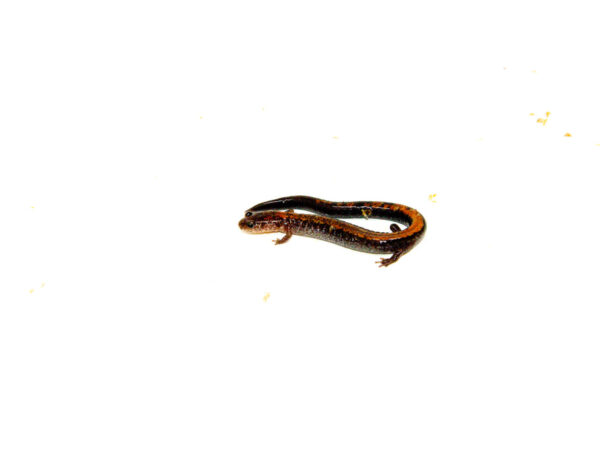

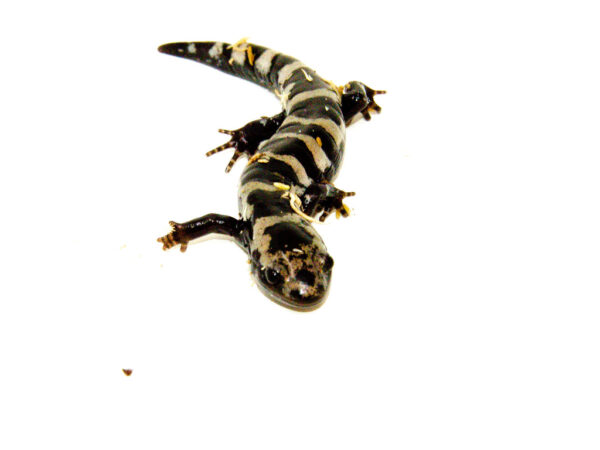
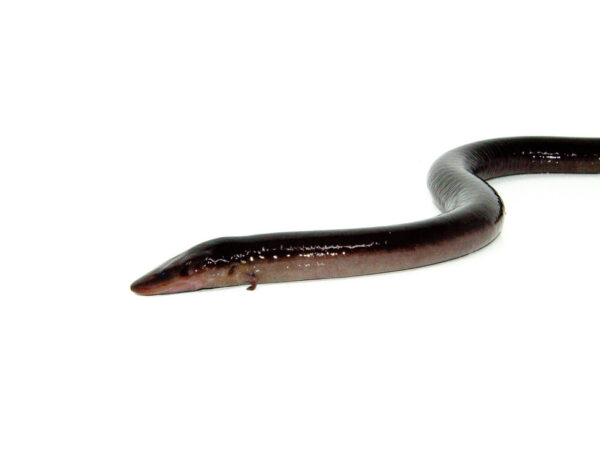
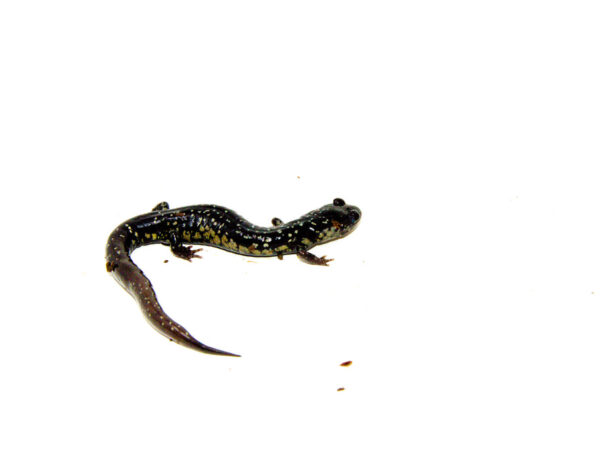

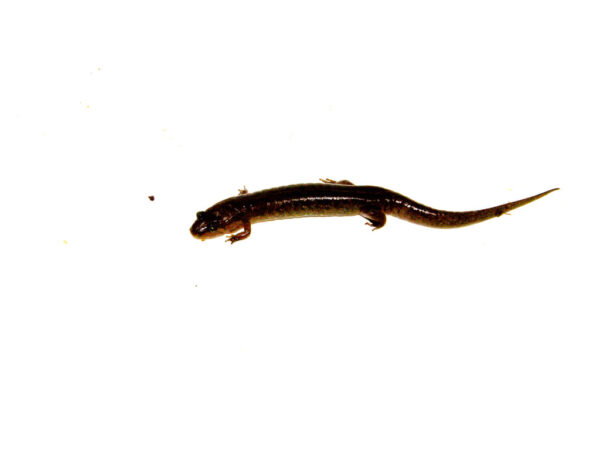

Reviews
There are no reviews yet.